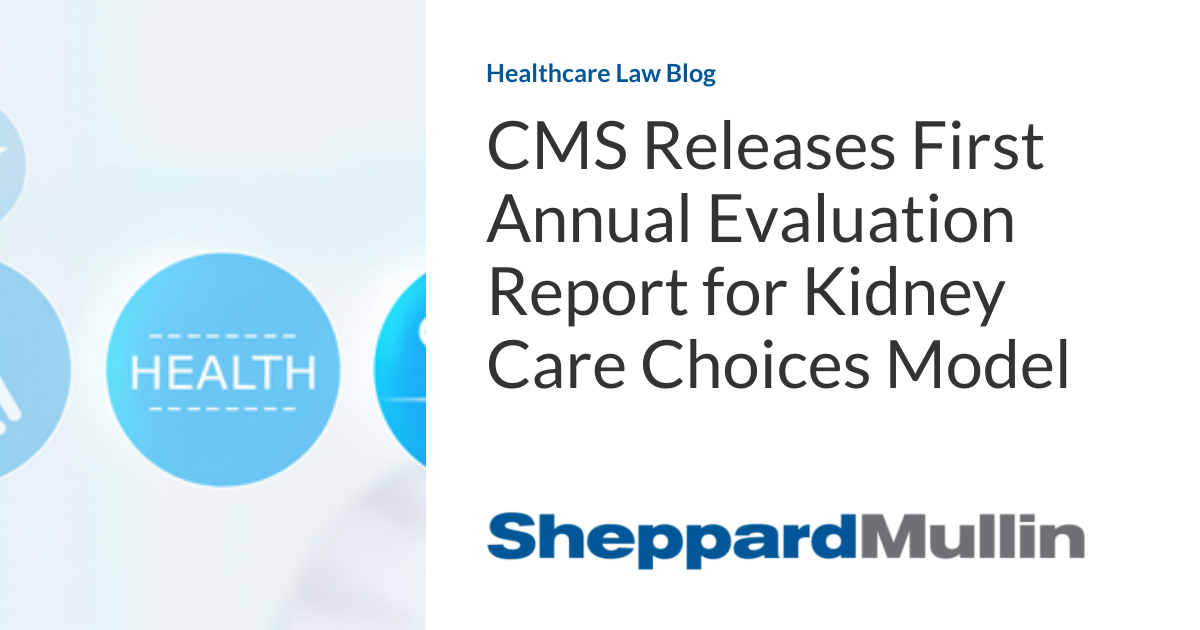
What’s old is…old again. In the world of health policy, it doesn’t take long for old ideas to cycle back, even ideas that are just plain bad. J.D. Vance, candidate for Vice President of the United States, has recently called for a return to the “high-risk pools” that existed prior to the Affordable Care Act (ACA) for people with pre-existing conditions. Similarly, when Congress debated repealing the ACA in 2017, several members of Congress advanced the idea of replacing the ACA’s insurance reforms with high-risk insurance pools. Unfortunately, high-risk pools didn’t work before the ACA, they wouldn’t have worked in 2017, and they won’t work now.
It’s been over 10 years since the ACA’s insurance market reforms and consumer protections were adopted. Once insurers were no longer allowed to deny people insurance or charge them more based on their health status, there was no longer much need for high-risk pools. But before the ACA, 35 states had high-risk pools. They were basically health insurance ghettos for people with pre-existing conditions – and expensive, poor quality ghettos at that. On the eve of the ACA market reforms, they enrolled 226,615 people, a tiny fraction of those potentially eligible. Here’s why:
1) Coverage was unaffordable. Nearly all of the high-risk pools had to set premiums at higher-than-market rates. Even though the high-risk pools were government-subsidized, those subsidies couldn’t cover the actual costs of this high-need population.
2) Coverage didn’t cover the care needed. To keep costs in check, nearly all the high-risk pools imposed pre-existing condition exclusions, meaning that even if you could afford the premiums, the insurer could refuse to cover any costs for your pre-existing condition for as many as 12 months.
3) Coverage was limited. All but two of the pools imposed lifetime dollar limits on coverage, usually between $1-2 million. Others imposed annual dollar limits on coverage, or limits on specific items or services, such a prescription drugs or rehabilitative services.
4) High out-of-pocket costs. Many of the pools offered plans with high deductibles, requiring people to spend considerable amounts out-of-pocket before coverage kicked in.
Even with these efforts to constrain costs, many states were forced to cap or close enrollment in their high-risk pools in order to limit losses. And all of them experienced losses, even though they received billions in government subsidies. In 2011, net losses for the 35 state high-risk pools were over $1.2 billion.
There is no question that high-risk pools provided a source of coverage to a set of very vulnerable, high-need people in the days before the ACA, when the traditional insurance market was closed to them. However, they left millions of people out, the coverage was unaffordable and inadequate, and they were not cost-effective. Significant government subsidies would be needed – far more than proponents of high-risk pools have proposed – to ensure that all eligible for such a pool would be able to enroll in affordable coverage that meets their health care needs.

















